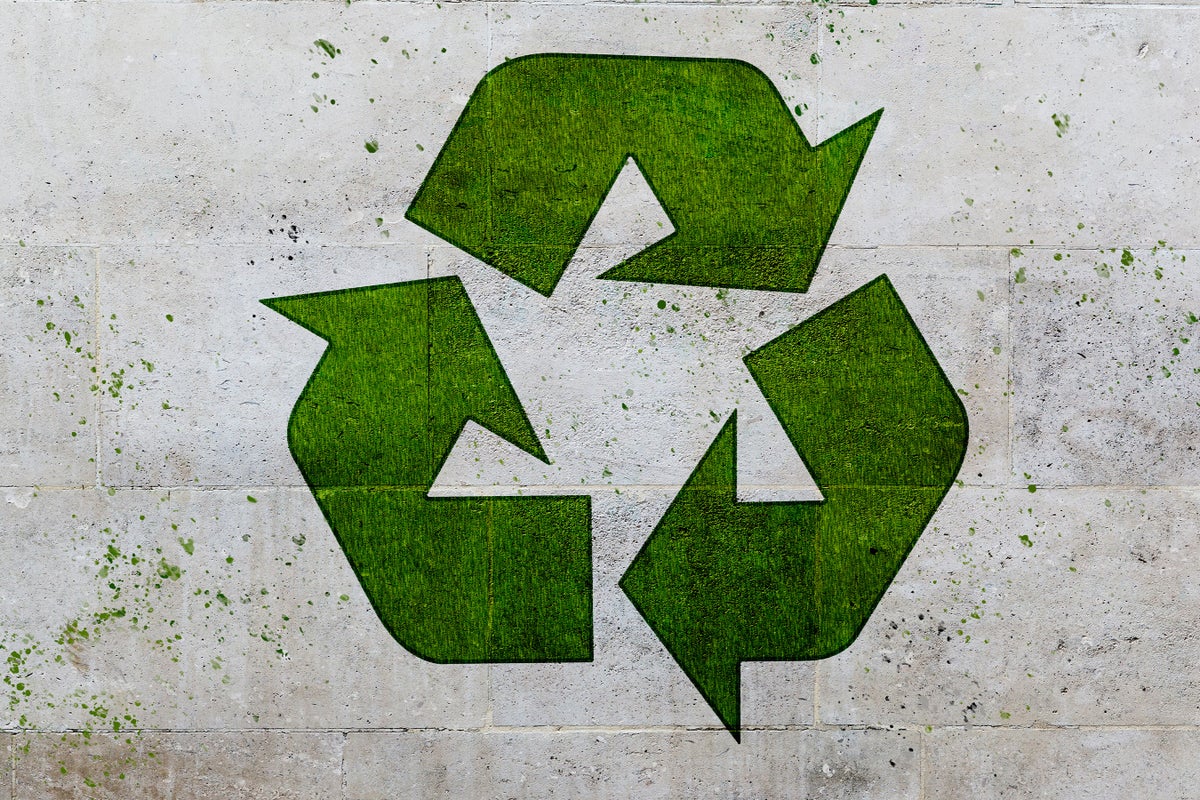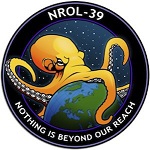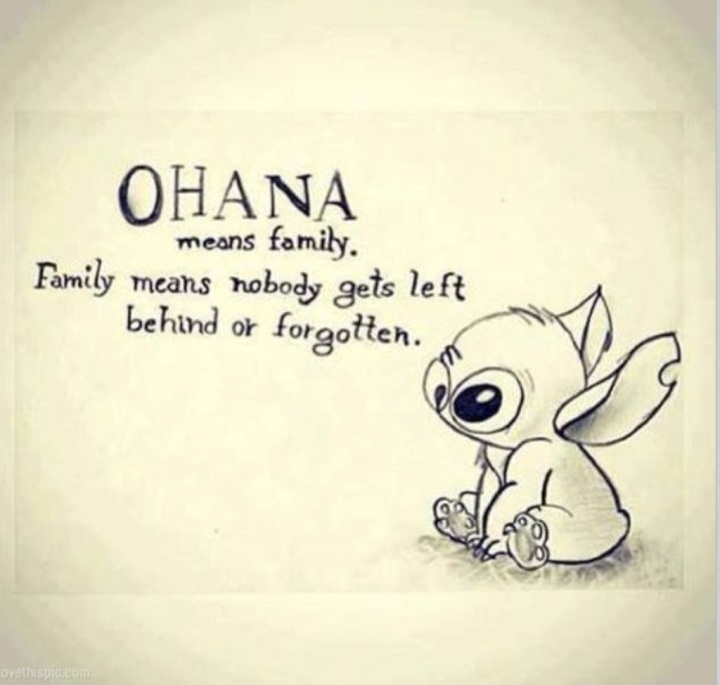Plastic wrap tangles around sorting equipment at recycling facilities, shutting down operations as employees try to cut it out of the equipment. Huge bales of paper shipped overseas can contain as much as 30 percent plastic waste. “Contamination is one of the biggest challenges facing the recycling industry,” the EPA said in a statement to Grist. It takes time and money to haul, sort through, and dispose of all this unwanted refuse, which makes recycling more of a burden for city budgets. Many cities have ended up cutting costs by working with private waste companies; some don’t even bother trying at all. About a quarter of Americans lack access to any recycling services.
The difficulty of recycling plastic can make the chasing-arrows symbol near meaningless, with environmental groups calling plastic recycling a “false solution.” Only around 5 percent of plastic waste in the United States gets shredded or melted down so that it can be used again. Much of the rest flows into landfills or gets incinerated, breaking down into tiny particles that can travel for thousands of miles and lodge themselves in your lungs.
The three Rs represented by the logo are supposed to go:
Reduce -> Reuse -> Recycle
Plastic companies tricked people i to skipping the first step. They also love slapping it on plastic waste for reuse, but people just assume the whole thing means recycle now.
They also love slapping it on plastic waste for reuse, but people just assume the whole thing means recycle now
Well that and we have been told that the plastic chemicals leach into the water after reuse.
The whole sorting problem is a real-world case where AI and computer vision could be used right now. Teach the machine to tell the items apart using multiple wavelengths of light. Humans would still be needed for the more complicated sorting, but items could be pre-sorted before getting to the humans.
Is this not deployed already? If it isn’t, what the heck are we doing?
IIRC, recycled plastic is not only more expensive than new plastic, bit also of a lower grade. That is why there is no financial incentive to recycle.





